Already in 2018 sales of organic food in the US surpassed $45 billion, which is double compared to 2008 and a 6% growth compared to 2017. To this day the number keeps growing. However, the American organic farming sector wasn't and isn't catching up to accommodate these sales. Mercaris reported that between 2011 and 2018 organic acreage grew by 20%, which is 5 million acres. Sounds impressive, but it's not even 1% of the total farmland in the US.
So American farmers started partnering with brands to go organic safer and faster. In this article we will explore how one helps the other.
Casey Bailey comes from a family of farmers, which resides on the outskirts of Fort Benton, central Montana. Fourteen years ago he tried something new and then decided to gradually push 5000 acres organic and denounced "rigid, chemical-based" practises.
In 2008 Bailey just returned from college, where he studied philosophy and music, not agriculture. Took a little plot of lentils and tried applying organic practises. Then used another 50 acres to grow alfalfa without artificial agrochemicals.
When I took those first 50 acres to transition to organic, I was scared to death. I thought in the back of my head, I've come home and I'm going to ruin the family farm", – without demand for his produce Bailey didn't push further.
Going organic is not easy, if you have no roadmap to follow and no expert to consult with. Bailey had to overcome obstacles through trial and error. And to practically invent new farming practises: "[On a conventional farm] I can hire sprayers to come out and spray our whole farm within a day, and then come and spread the nutrients, the fertiliser. I can't do that with [an] organic [farm]."
Transitioning to organic farming means managing nutrients in soil without artificial fertilisers and utilising healthy alternatives to common herbicides and insecticides/pesticides.
During the transition Bailey was very concerned about the health of soil. He'd check the fields several weeks after the harvest was collected. And happily discover hyphae – the filaments of a fungus. To a bystander they're seemingly insignificant white strands of something fibre-like. But to a farmer it's a sign of soil's microbiome being in great condition.
The soil organisms, there's like a billion in a teaspoon. And this is just within one summer. This kind of thing convinces me I need to keep trying," – Bailey comments.
Bailey tries to make any farming practises beneficial for the soil. So if he has to till, which is considered destructive for soil microbiomes, Bailey leaves plant roots after harvesting. He removes the seeds and sends in his cavalry of cows to graze and trample plant residues into the ground.

Because Bailey wanted to develop his own strategy, he tested various cultivation practises on different fields. However, for many farmers experiments are a luxury they cannot afford. So what can we learn from Bailey's and other organic farmers' experiences?
Partnering with brands
In 2017 Bailey partnered with an organic pasta and snacks producer Annie's by selling them 1300 acres of wheat and oats. Annie's is part of General Mills based in Minneapolis.
The company was searching for organic partners and was prepared to offer support. So Bailey flew to Minneapolis and met with Annie's representatives. "I wanted to know if I really could feel comfortable going organic with the rest of the farm", – he comments. Annie's offered Bailey stable and sizable demand for his produce and other benefits.
First and foremost, the company took on some of the risks and responsibilities, which otherwise Bailey had to bear on his own. Second, Annie's promoted Bailey's farm by launching a limited edition of graham crackers shaped like bunnies. The box featured his photo and Bailey got recognition on the market.
We loved how it went. We expect we will do more things like that”, – comments president of General Mills natural and organic business Carla Vernon. “Identity-preserved” bunny-shaped crackers gave consumers much demanded transparency about food sources, she added.
Third, the company has committed to purchase more land in the long-run.
Another organic farmer from Montana also partnered with Annie's and became the face of macaroni and cheese. And Vernon corroborated boxes with farmer photos became a blockbuster among organic products.
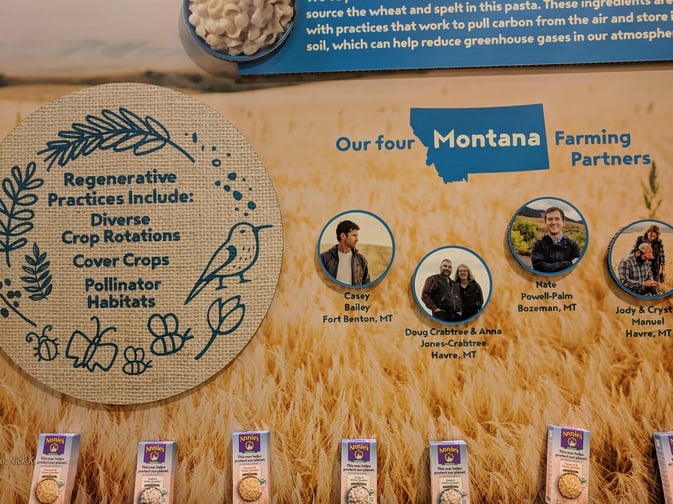
Image source: https://blog.generalmills.com/2019/03/our-top-5-trends-from-expo-west-2019/
Partnering with companies means diversifying risks and spreading their brand's awareness, so American farmers can streamline the process of going organic.
And Bailey testifies to companies being true to their word. When his partnership with General Mills was into its second year, the farmer recognised they are promoting serious sustainability initiatives. Like providing habitats for native pollinators, which are under siege because of pesticides and hazardous agrochemicals. Or pushing for perennial crops, including Kernza, which considerably improve soil health and give us a fighting chance against climate change.
They're aimed towards goals that I'm so surprised they're even thinking about. Native pollinators and perennial wheat at General Mills? That's amazing", – comments Bailey, – "Can they pull it off, is the question. What I think it comes down to is me – and other farmers like me."
General Mills aimed to sell $1.5 billion worth of organic products in 2020. And to achieve this they announced back in 2018 an ambitious plan. A 34 000-acre farm in South Dakota, which produced conventional wheat, was to be transformed into an organic agribusiness. So corporations are quite serious about helping farmers go organic.
Benefits of going organic
The main problem on the organic markets around the world is the gap between demand and supply. And it's no different in the US: as demand demonstrates a steady growth, supply's increase is barely incremental.
However, there are real benefits to be reaped by organic pioneers. As long as demand is greater than supply, they enjoy price premiums created by the shortage. USDA research soil scientist Michel Cavigelli explains: "If you want to protect the environment or eat healthier – here, pay a little more for your food. That's what organic has created, a market mechanism."
Moreover, farmers could export their organic produce to multiple countries, where homegrowers fail to bridge the gap. To illustrate, in 2017 the USA officially imported over $2 billion worth of organic produce and food. But as USDA tracks just 40 categories of imported foods, the number was likely much bigger.
Already in 2015 import of organic corn skyrocketed by 200%, and this was again a conservative estimate from USDA. The figure continues to grow, because corn is the basic animal feed. And to produce organic meat or dairy you need to feed your livestock organic food.
We're an exporter to the world of conventional corn, conventional wheat, and conventional soy, but we're an importer of organic corn, wheat and soy," – Eric Jackson, CEO of Pipeline Foods, comments. The same goes for fruits and vegetables.
And last, but not least, when the market finally corrects itself, those who already became its pillars will still enjoy higher prices due to established reputation and brand awareness.
But what about the yields?
Going organic is good and all, but what about the most important indicator of farm's and farmer's success – what about the yields?
The Rodale Institute, which is located in Pennsylvania, has conducted one of the longest-running experiments in the history of modern agriculture – the Farming Systems Trial. Starting from 1981 researchers are growing corn and soybeans using both conventional and organic farming practises. And they even modelled the transition period.

As expected, during the first three years, when the transition takes place, yields moderately decline. However, after the transition is complete, organic farms consistently match or outperform conventional ones in terms of yield. And produce even greater results during drought!
These results are corroborated by Earthbound Farms, one of the largest organic farms in the US, located in California. They saw yields continually increase over the years. Earthbound Farms President and CEO Deverl Maserang commented that soil fertility is directly proportional to the time land has been farmed organically. Therefore, their farm network became more productive as years went by. And for conventional farming the opposite is usually the case.
The experiment has shown organic agricultural practises as energy-efficient and eco-friendly compared to conventional ones. The soil health improves with each consecutive year and no depletion occurs. Fewer greenhouse gases are emitted, which helps fight climate change.
In 2017 Rodale Institute started another long-term trial, which includes growing vegetables on both organic and conventional farms.
We want to be able to showcase farmers successfully implementing strategies within their specific bioregion,” – institute’s executive director Jeff Moyer explains that they want to conduct trials in other geographic areas as soils differ across states.
Obstacles to going organic and how partnerships help to overcome them
Organic farming seems scary, because it may require different equipment and more labour. For example, for weed control. There are up-front investments, but no guaranteed ROI.
And then there are government regulations. In the US crop rotation is needed per USDA policy. This restricts the variety of crops an organic farmer can choose from for a given year. And a conventional farmer can pick the culture expected to bring most profits based on the market forecast.
USDA prohibits organic growers from using GMOs and antibiotics, as well as artificial fertilisers, growth hormones, preservatives, flavours or colours. No pesticides or herbicides are allowed, only natural deterrents like eggshells.
To get certification farmers have to produce crops without any of the aforementioned agrochemicals for three consecutive years. "They're basically farming organically, but they don't get the premium", – comments Washington State University soil science professor John Reganold.

To motivate farmers to start the transition several companies developed price policies for "certified transitional" produce. For example, Kashi puts such labels on its cereal and granola bars. Now farmers partnering with Kashi receive a limited premium.
However, there's another problem. American grain storage units and logistics networks were developed for conventional agriculture, so organic farmers have to connect with an alternative market structure.
Research and development is still focused on conventional practises. Very little funding goes to developing improved organic crop cultures or anti-weed and disease prevention strategies. So organic farmers have fewer tools at their disposal.
Organic expert community at university extension offices spread across agricultural regions is almost nonexistent. California is the largest agricultural state and has the most organic farms in the US, but zero academic experts. Illinois has one.
Clif Bar is a rare example of an organisation, which actively invests in R&D in organic agriculture. Their senior director of agricultural policy Matthew Dillon comments on another problem for organic pioneers: "That myth of a farmer coming over the fence – in organic, the next farmer might be hundreds and hundreds of miles away."
A recent study of 1800 American farmers, which are at various stages of going organic, corroborates Dillon's words. The participants described mentorship and personal technical assistance as vital for the process and currently lacking in the industry.
American farming, both conventional and organic, is under a lot of pressure. There's insufficient labour, and changes in immigration policies only deepened the gap.
An average farmer is 58 years old. So, without a younger generation ready to take the reins, many farms face an uncertain future.
Also, the farmland, especially the one surrounding urban areas, is falling prey to real estate development. General merchandise manager for Costco Wholesale Heather Shavey comments: "We've seen full regions of produce just disappear". And for her company it's no joke. Costco Wholesale sales of organic produce were recently valued at $1.2 billion and constituted 25% of all produce sold in that fiscal year.
The biggest thing for growers going from conventional to organic is knowing that they'll have a place to sell it, and at a fair price, and that's what we give them," – explains Shavey. To help farmers transition, Costco takes on the responsibility of purchasing their crops even before they start the process.
Weeds are also a cause for concern. Not because organic remedies are inferior to synthetic ones. But because herbicides allowed farmers to forget about soil tilling. It was a common preparation of land before sowing, but proven to destroy soil microbiomes. Tilling caused the Dust Bowl – a series of devastating dust storms, which hit America and Canada in the 1930-s.
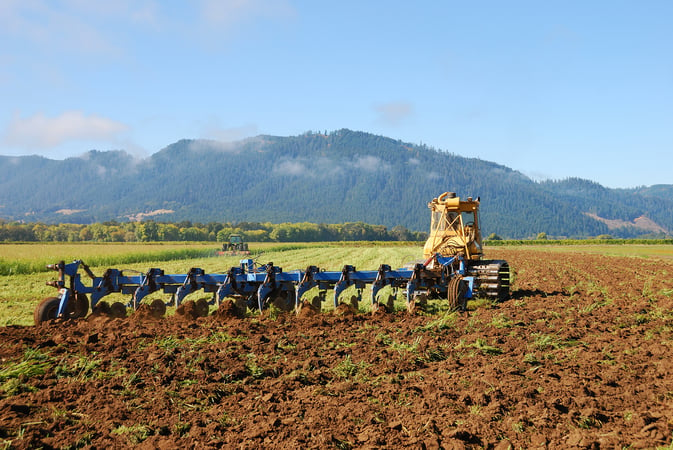
Weeds are susceptible to soil overturning, so conventional no-till farms employ herbicides instead. And organic farmers have to till or use effective anti-weed organic remedies. However, just as super-bacteria emerged, which are resistant to all antibiotics, superweeds are slowly taking over the conventional fields.
When Bailey started transitioning he thought that if all fails, there's always conventional farming to get back to. But in 2018, just several months before he anticipated becoming fully organic, Bailey realised that conventional crop prices were in the dumps and herbicides were no longer working.
Deep down, I was like 'That [conventional agriculture] works and it'll be there forever'. And all of a sudden, [weed killer] Roundup's not working. So I've actually become a little worried. Like wow, what if everybody has to change?", – Bailey comments.
And some farmers did change their ways. Like Tim Raile, who grows wheat in Kansas. He enjoyed weed free fields for 10 years without any tilling involved. And then weeds started resisting.
It was just a few weeds here and there, but as those weeds kept generating offspring, it was eventually the whole field", – Raile comments. And herbicides were powerless: "It finally got to a point where no matter how much glyphosate you put down, it wasn't going to die."
Raile began his journey towards organic in 2018 and kept it under wraps for some time: "I didn't tell anybody for a while, because I knew there would be a little bit of a backlash". American conventional farmers fear lawsuits for pesticide drift from their organic neighbours. And this can ruin partnerships and friendships for organic wannabes.
As we've mentioned earlier storage is a problem for those going organic. Raile couldn't use a nearby grain elevator, because his organic wheat would get mixed with conventional grains.
But Raile was lucky as he found the required workforce. And labour demands could make or break an organic farm's success. "I couldn't manage the farm by myself with the time it takes to do organic operation. It's hard to find the type of paid labour you need," – comments corn and soy grower from Iowa Alan Weisshaar. He utilised organic practises for 20 years, but lack of skilled workers forced him to return to conventional farming.
Consumers typically imagine a small family-owned oasis, when they think organic. But to accommodate the ever growing demand corporations seek large farms to turn organic.
To avoid the contradiction producers should raise awareness about the irrelevance of size to being organic. A Stanford University lecturer and author of Lentil Underground Liz Carlisle comments: "The issue is not scale. It's how many people [work] per acre. Having a bunch of small-scale farms is one way to have diversified agriculture, because they're not going to be doing the same things. But you can have large-scale farms that build diversity into what they do – they just need the people to manage it."
Crop rotation is also an obstacle. Government regulation demands that farmers switch cultures for three consecutive years. It's a fantastic organic deterrent of weeds, pests and diseases. But not every crop is lucrative to grow.
It would be ecologically beneficial to rotate [strawberries] with brassicas – like broccoli or mustard greens – which suppress fungal pathogens, but consumers don't pay as much for those crops as they do for strawberries. And the land rent is based on strawberry profits, so farmers are in a bind," – explains Carlisle.
Here partnering with brands is key. Earthbound Farms, which we mentioned earlier, enjoys the economies of scale, because they supply retailers across America with salad greens and frozen vegetables and fruits. Growing greens is beneficial for soil and healthy produce can be sought after by consumers, explains company CEO Maserang. For instance, “riced” broccoli and cauliflower is an integral part of a low-carb diet. Earthbound Farms is searching for other rotation vegetables "and looking for ways that are easier to use them" for consumers.
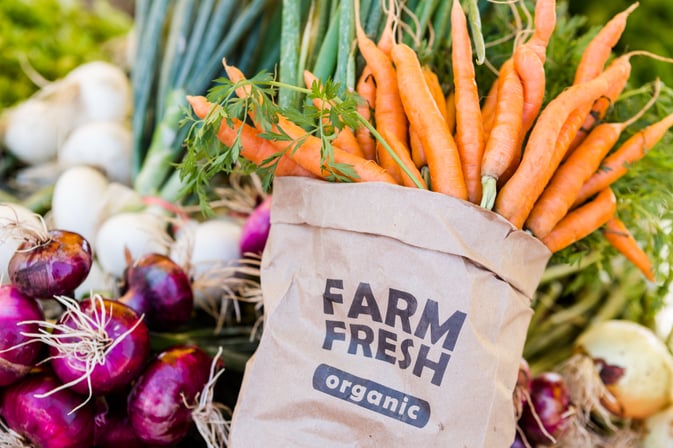
The growing popularity of plant-based foods and all things organic is good news for David Oien, who essentially created this market in 1987, when he founded Timeless Seeds. The company is based in Montana and specialises in heirloom grains and legumes, including lentils, peas and purple barley. These cultures are excellent soil replenishers ideal for crop rotation. And now thanks to organic products gaining momentum farmers are keen to buy from Timeless Seeds. "Before we had to go out and seek growers. Now, as often as not, farmers are calling us and asking if they can grow our crops", – comments Oien.
The true organic pioneer
In 1986 Bob Quinn, who has a farm an hour's drive to the northeast of Bailey, tried to grow heirloom grains organically on 20 of his 4000 acres. In 1988 he applied synthetic agrochemicals for the last time and went completely organic. His farm became a commercial success with foreing scientists and growers coming to learn techniques that Quinn coined.
With organic, you have to project several moves ahead, because you can't just nuke something. You have to see problems coming", – says the true organic pioneer as he compares organic farming practises to playing chess.
In 2018 a new generation of farmers began to oversee the operations and welcome guests on his farm. Quinn rented the land to Chad Fasteson and another young grower, who were ready to take on the challenges of organic farming.
"We can't throw fertiliser at a field, so instead we have to build the soil", – explains Fasteson, who traded working at a conventional farm for catering to the needs of Quinn's organic production. "I didn't really like working with the chemicals. Then you can't go home and pick up your kid because you're covered in crap, no matter how careful you are," – he adds. And mentions becoming increasingly tired of sitting in a tractor at his previous workplace.
This year, a lot of them were having to pull the ploughs back out because the chemicals ain't working," – Fasteson agrees with Bailey on superweeds and herbicides as he noticed conventional farmers resorted to tilling.
The same year Quinn chose his successors, the true organic pioneer decided to donate a part of his land for research. And launched negotiations with Rodale Institute, because they were pioneers of studying organic agriculture. But Quinn also considered other scientific centres.
The true organic pioneer sees many opportunities in this trade. Including employment opportunities in rural regions of the US. All you need is qualified training, he comments. Quinn's farm feeds five households 365 days a year. And a conventional one similar in size financially supports a single household. With some odd jobs popping up during the growing season.
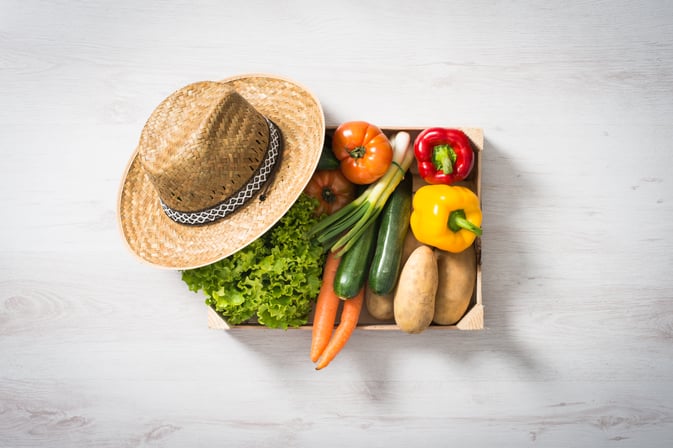
In 2018 Fasteson moved an entire house to Quinn's farm, so his family could live on the land they take care of. "We're adding a house to the community. That's almost unheard of in this part of Montana", – the true organic pioneer comments.
Quinn wholeheartedly believes in consumer driven markets and expects organic cropland and the infrastructure surrounding it to grow with each passing year.
Policymakers never lead, let's be honest. They mostly follow and we'll just have to wait for them to catch up, I guess. Then they'll support conversion through research and advice and that sort of thing", – Quinn explains.
And while the government catches up, farmers partner with corporations and support each other. Bailey and Quinn regularly meet up to share strategies and experiences. Sometimes they do it at the Ma's diner in Loma, which is located exactly halfway between their farms. When asked about main obstacles to going organic, both Quinn and Bailey talk about costs.
There’s a very high cost of cheap food, and you don’t pay it at the checkout counter – farmers are paying it that are going out of business”, – explains Quinn. But a complete organic transformation is inevitable, he concludes: "It's not going to be all without bumps and curves and bends in the road, but it's going in the right direction. I think there will be a time when we look back at this era as the great chemical experiment."
Original source:https://www.nationalgeographic.com/environment/article/organic-farming-crops-consumers?cmpid=int_org=ngp::int_mc=website::int_src=ngp::int_cmp=amp::int_add=amp_readtherest
Learn more about our products
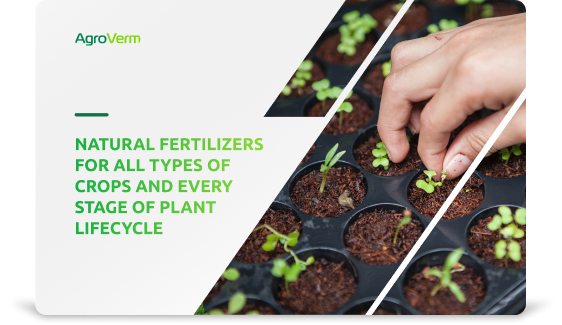
Download a free presentation
Find out how AgroVerm products can help you reduce 30% of your costs

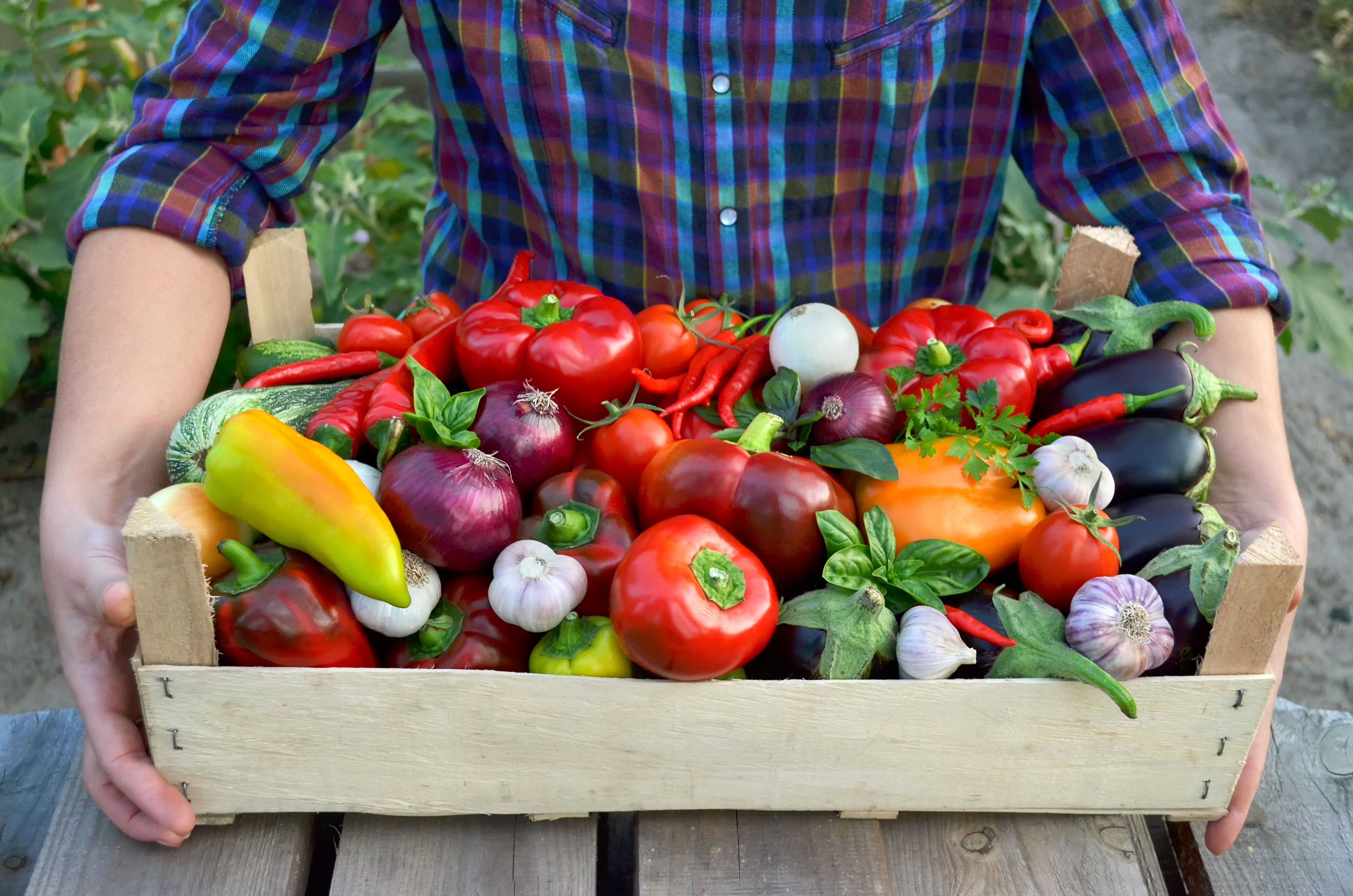
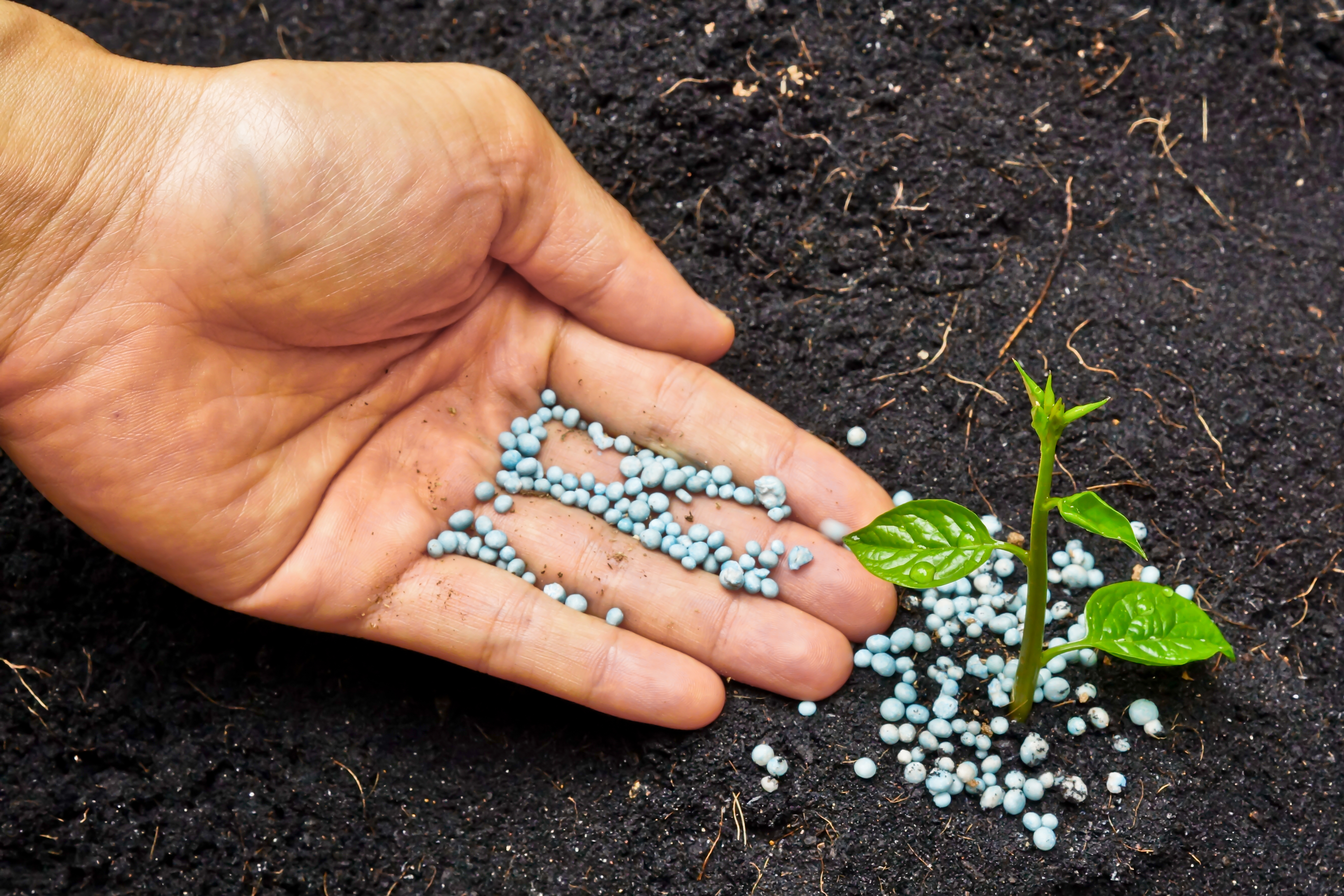
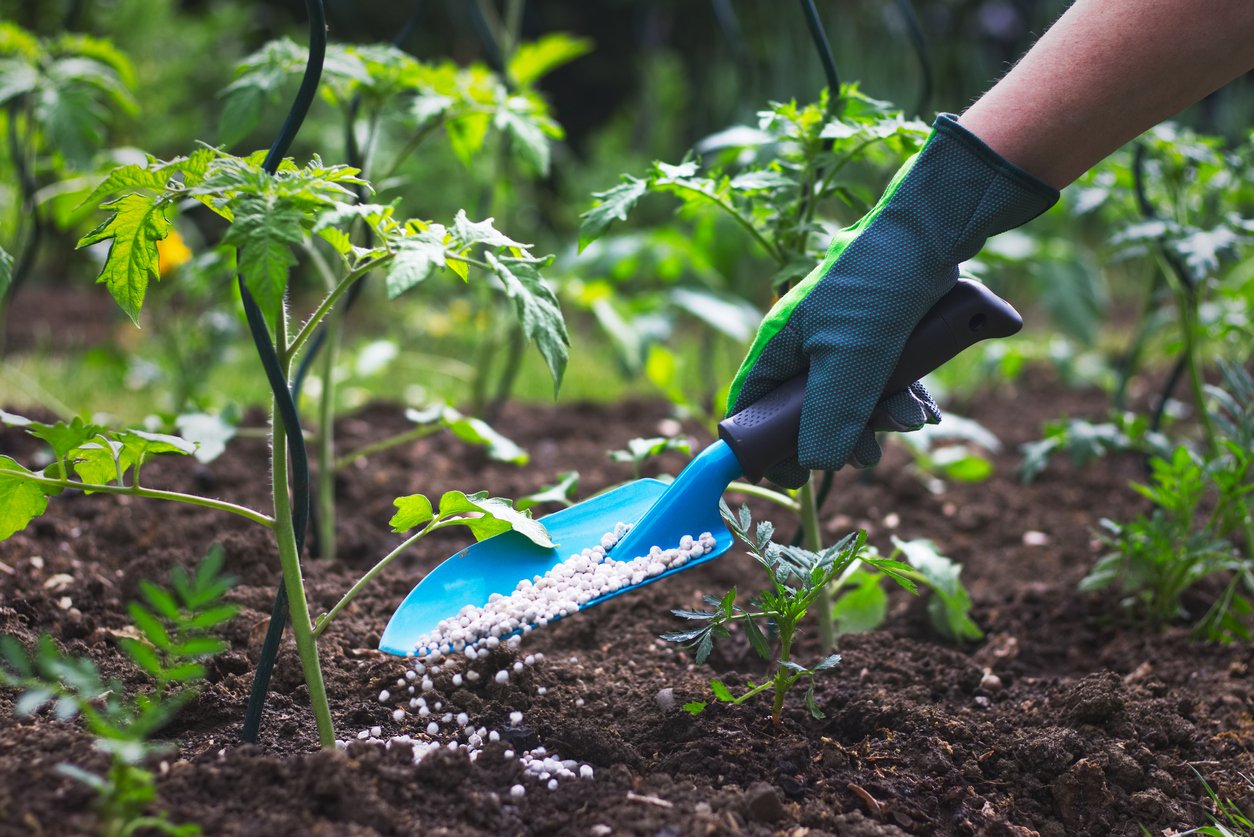
Comments